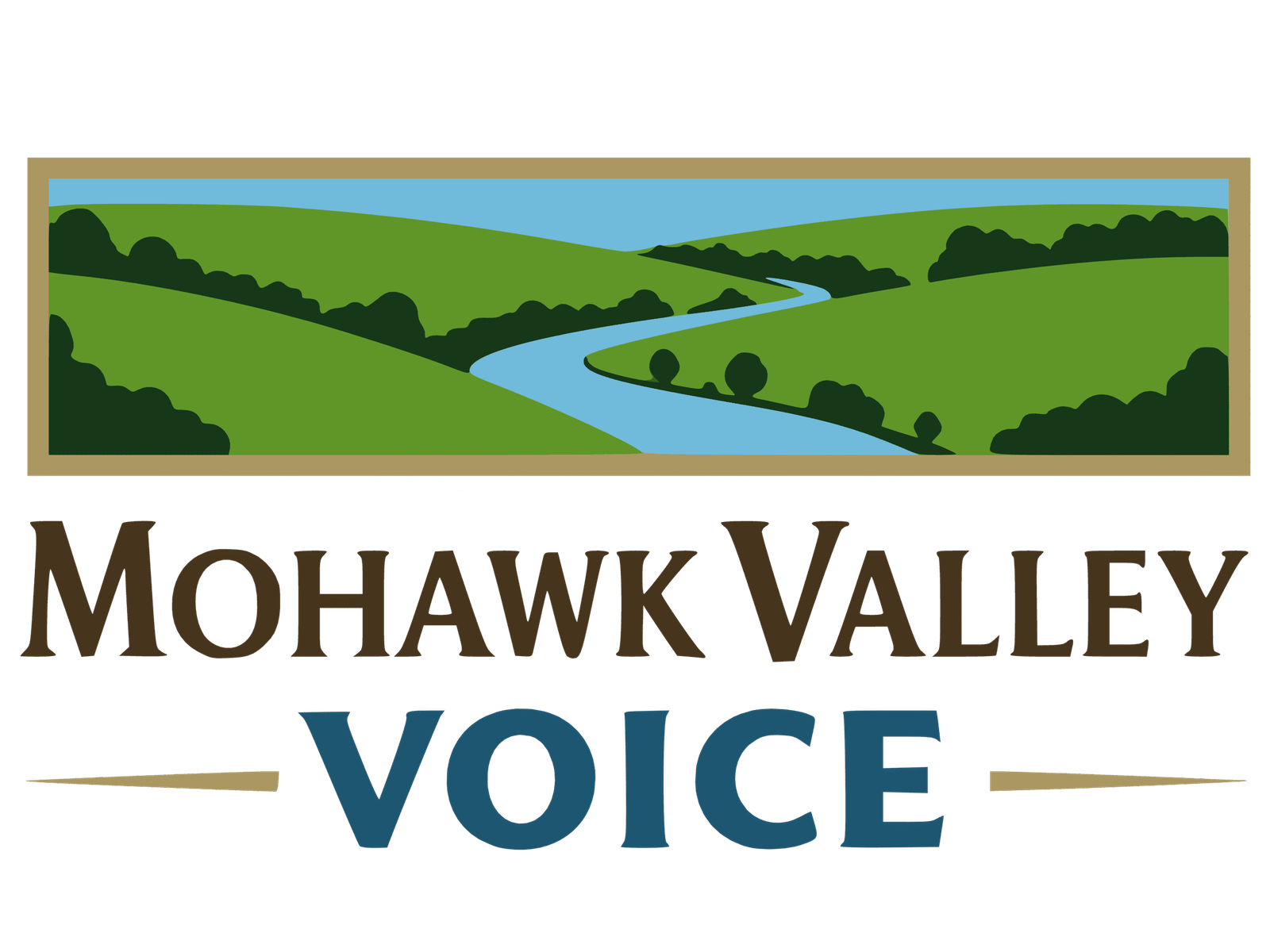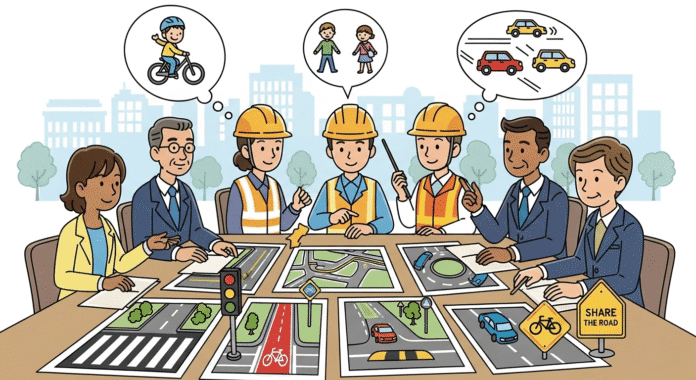Traffic Safety Measures Discussed by Syracuse Common Council
Innovative Steps to Protect Pedestrians and Enhance Urban Mobility
In a recent session of the Syracuse Common Council, new traffic safety measures were put forward designed to reduce accidents and improve pedestrian safety across the city. The discussion reflects an ongoing commitment to modernizing infrastructure and protecting community members in an era where urban mobility is evolving rapidly.
Syracuse has long been a city in transition, and recent efforts by local policymakers are geared toward tackling one of the most critical challenges facing urban neighborhoods: traffic safety. Council members, experts, and community advocates convened this week to debate a series of innovative measures that include improved traffic signals, updated crosswalk designs, and stricter enforcement of traffic regulations. With a focus on saving lives and reducing injuries, the proposed changes are set to benefit drivers, cyclists, and pedestrians alike.
Examining the Proposed Measures
Enhancing Infrastructure and Technology
Upgrading Traffic Signals and Crosswalks
One of the primary proposals involves modernizing outdated traffic signals and redesigning pedestrian crosswalks in high-traffic areas. By incorporating sensor-based technology and visually enhanced signals, officials hope to minimize risky intersections where accidents frequently occur. Council member Isaac Rivera emphasized, “Our goal is to create clear, unambiguous signals that allow drivers and pedestrians to communicate seamlessly, reducing confusion and road mishaps.”
Smart Data and Monitoring
Also on the agenda is the integration of smart data sensors throughout the city’s busiest intersections. These devices, which provide real-time traffic data, are expected to help identify high-risk areas and allow for targeted improvements. Enhanced data collection not only facilitates immediate responses but also serves as a long-term tool for urban planning.
Community and Expert Input
Listening to Residents and Stakeholders
During the council meeting, community voices resonated strongly with the safety proposals. Local resident and traffic safety advocate Marie Thompson stated, “I cross busy intersections daily, and these measures are long overdue. My family’s safety and that of our neighbors depend on quick action.” Experts from the local university’s urban planning department further reinforced that evidence-based redesigns of traffic systems could reduce accidents by up to 30 percent.
Funding and Implementation Challenges
While the proposed measures have received wide support, discussions also centered around budget and timelines. Council members acknowledged that investing in infrastructure upgrades requires significant funding, yet argued that the long-term savings in healthcare costs and the social benefits of safer streets justify the expense. The discussions underscored the delicate balance between immediate fiscal constraints and the need for proactive public safety measures.
Implementation and Future Outlook
A Collaborative Approach to Urban Safety
Multi-Agency Partnerships
To ensure successful implementation, the council is planning to coordinate with state transportation agencies, local law enforcement, and urban planning experts. This multi-agency partnership is expected to streamline processes and ensure that safety initiatives are both effective and economically viable. “Collaboration is key,” explained Council Member Jane Perez, “and by working together, we can turn these proposals into tangible improvements on our streets.”
Community Involvement and Feedback
Residents are encouraged to participate in forthcoming public consultations where they can share their experiences and ideas. With input from the community, the final plan is likely to incorporate suggestions that address local nuances and specific road challenges. Such engagement is viewed as essential to fostering a culture of safety that persists well beyond the initial rollout.
Driving Toward a Safer Tomorrow
The recent debate on traffic safety in Syracuse signals a promising step forward in urban planning. It reflects the need for innovative, community-focused solutions to make the city’s roads safer for everyone. As these proposals move closer to implementation, residents are reminded of the power of local governance to bring about meaningful change.
Call to Action:
Attend the next council meeting and let your voice be heard. Share your experiences with city officials and help build a safer, smarter Syracuse for all.



